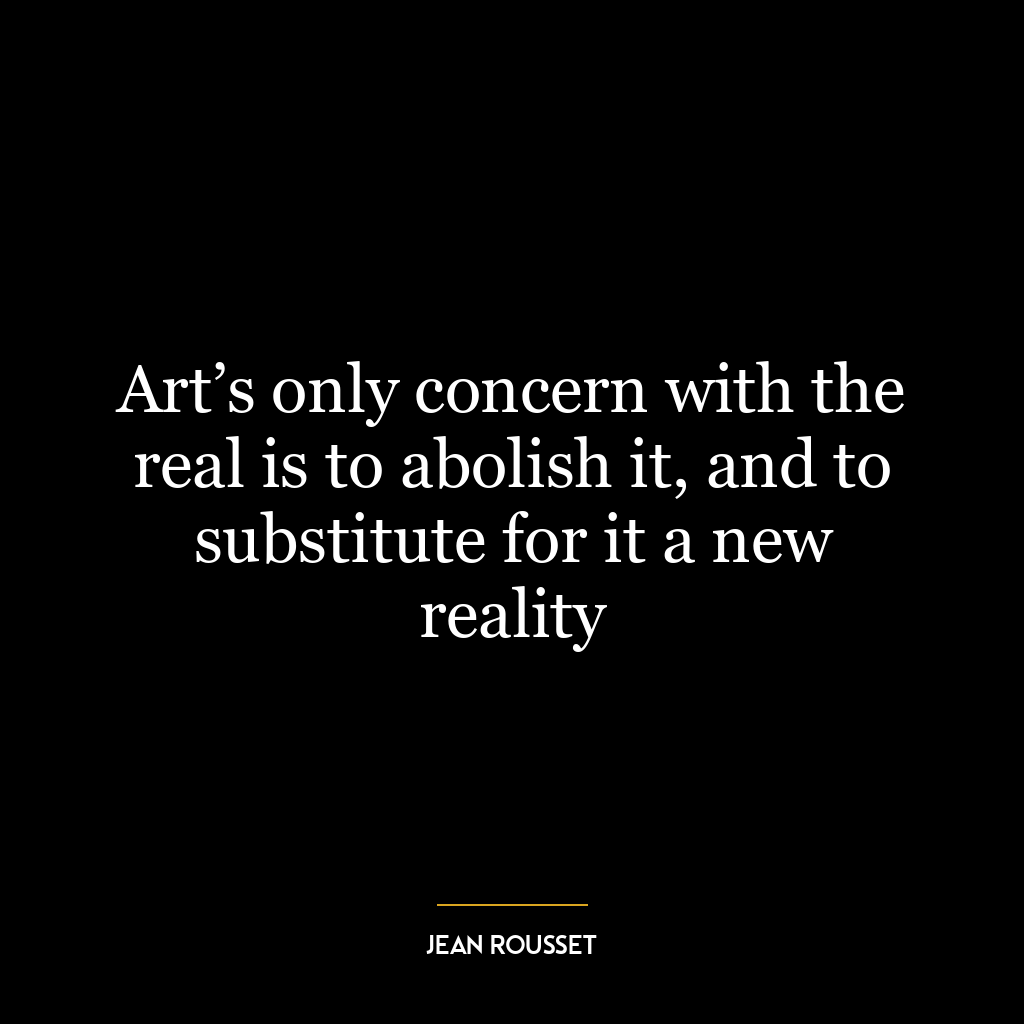This quote emphasizes the power of mindset and behavior in achieving personal goals. In this case, the goal is to quit smoking. The idea is that by consciously adopting the behaviors, habits, and attitudes of a nonsmoker, one can gradually become a nonsmoker.
The thinking part refers to the mental perspective. One needs to start seeing oneself as a nonsmoker, not a smoker trying to quit. This shift in self-perception is very powerful because it changes the way we relate to smoking. Instead of seeing it as something we crave but can’t have, we start seeing it as something we don’t want or need.
Walking and talking like a nonsmoker refer to the behavioral changes. This could mean avoiding triggers that make one want to smoke, such as certain social situations or stressors. It also involves changing the language we use about smoking. Instead of saying “I can’t smoke,” we might say “I don’t smoke.”
Acting like a nonsmoker is about making choices consistent with being a nonsmoker. This might mean choosing to hang out with nonsmokers, engaging in activities that are incompatible with smoking, or responding to stress in ways that don’t involve smoking.
In today’s world, this principle can be applied to many other areas of personal development. For example, if someone wants to become more confident, they can start by thinking, walking, talking, and acting like a confident person. They might adopt confident body language, use more assertive language, and make choices that a confident person would make. Over time, these behaviors can help to cultivate genuine confidence.
Similarly, if someone wants to become more successful in their career, they can start by thinking, walking, talking, and acting like a successful person in their field. They might start dressing more professionally, networking with successful people, and taking on projects that a successful person would take on. This can help to create a self-fulfilling prophecy, where behaving like a successful person helps to bring about actual success.









